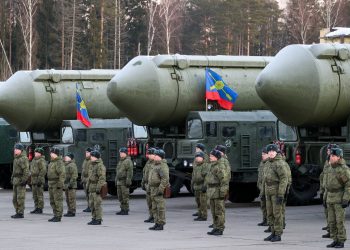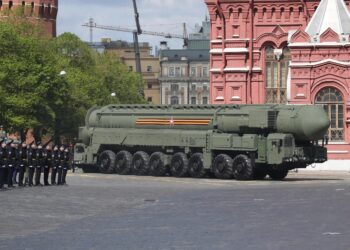The National Nuclear Security Administration (NNSA) has been unable to overcome the technical challenges it has experienced producing tritium. To produce tritium, stainless steel rods containing lithium aluminate and zirconium —called tritium-producing burnable absorber rods (TPBAR)—are irradiated in the Tennessee Valley Authority’s (TVA) Watts Bar 1 commercial nuclear power reactor.
Despite redesigns of several components within the TPBARS, tritium is still leaking—or “permeating”—out of the TPBARs into the reactor’s coolant water at higher-than-expected rates. Because the quantities of tritium in the reactor coolant are approaching regulatory limits, TVA has been significantly restricting the number of TPBARs that it will allow NNSA to irradiate in each 18-month reactor fueling cycle, and, consequently, NNSA has not been producing as much tritium as it planned.
NNSA and TVA officials are continuing to develop plans to increase the number of TPBARs that will be irradiated, as well as, if necessary, the number of reactors participating in the program. However, these plans have not been coordinated with the Nuclear Regulatory Commission (NRC), which ultimately must approve any changes to the operation of the TVA reactors.
NNSA currently meets the nuclear weapons stockpile requirements for tritium, but its ability to do so in the future is in doubt.
NNSA officials told us that they will be able to meet future requirements through a combination of harvesting tritium obtained from dismantled nuclear warheads and irradiating TPBARs. Although the number of nuclear weapons in the U.S. stockpile is decreasing, these reductions are unlikely to result in a significant decrease of tritium requirements and will not eliminate the need for a reliable source of new tritium because of the need to periodically replenish it in the remaining nuclear weapons stockpile due to tritium’s decay. While NNSA has not, to date, been required to use tritium from a reserve that it maintains, use of this reserve in the relatively near future may be necessary if NNSA is unable to increase tritium production beyond its current level.
Although NNSA has attempted to ensure a reliable long-term supply of tritium, GAO’s review found two problems with NNSA’s management of the Tritium Readiness Program.
First, NNSA could not provide us with evidence that it adhered to the appropriate contracting procedures when purchasing components and services for the program.
Second, due to, among other things, the way the program’s contracts with its suppliers are structured, the program is spending its funds more slowly than planned and is accumulating large unexpended balances.
The program is subject to thresholds established by the Department of Energy of acceptable levels of unexpended funds that may be carried over from one fiscal year to the next. However, the program exceeded these thresholds by more than $48 million in 2008 and by more than $39 million in 2009.
While large unexpended balances are not necessarily an indication that the program is being mismanaged, it does indicate that the program is requesting more funding than it needs on an annual basis—funds that could be appropriated for other purposes.
Read Full Report in PDF Format









